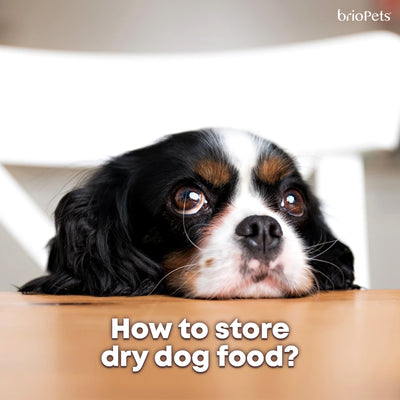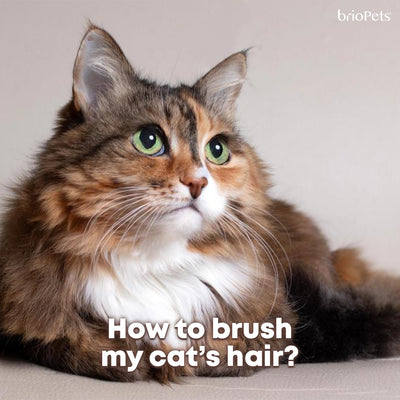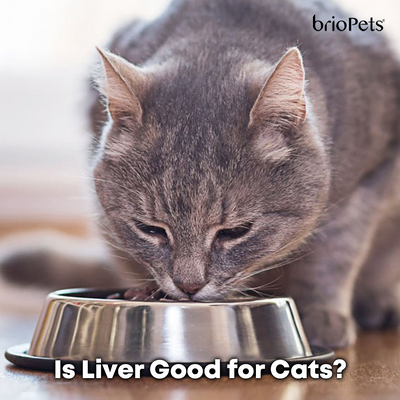
OBESITY IN CATS
Before we take a look at obesity in cats, we must first understand what obesity is. Obesity is the accumulation of excess body fat, which often leads to negative effects on health. Cats are usually considered obese when they weigh 20% or more than their ideal body weight. Scroll down to find the general rule of thumb when it comes to identifying the weight condition of your cat [1].
A GENERAL WEIGHT GAUGE
Here is a general rule of thumb for pawrents to gauge their furkid’s weight condition. Do consult a vet for an accurate diagnosis.

Cat Body Condition Scoring Chart [1]
WEIGHT LOSS METHODS
Losing weight and getting in shape will not only add years to a cat’s life, but it can also reduce the chances of developing the diseases mentioned above. Moreover, helping your furkids shed those few pounds isn’t as hard as you think! Here are a few tips on how to help your cat lose weight:

1. Set a weight loss goal and track your progress
Losing weight for cats isn’t all that different from humans. The most important thing is to have a goal that you and your furkid can work towards together. By determining the healthy weight for your cat, you will be able to set realistic goals and work towards them.
Pawrents should avoid any form of weight loss diet with highly unrealistic goals that forces your cat to drastically lower its weight in a short amount of time. Rapid weight loss may lead to nutritional deficiencies, manifestation of problematic behaviour and in the worst case scenario, fatal health issues. Pawrents will have to take the time and effort to lower the excess body weight progressively.
A safe weight loss rate for cats should only be contained to a 0.5% - 2% decrease in body weight per week [2]. A veterinarian can help assess your cat’s current body condition score and determine their ideal body weight, so don’t be afraid to ask for help!
2. Limit calorie intake
A common misconception is that cats don’t need to be fed regular meals like dogs do and that they can regulate themselves. However, most cats do not have such self-restraint, and continuous feeding has led to an increased obesity rate. Your veterinarian can help to determine how many calories your pet is currently eating and what their caloric goal should be.

3. Switch to a low-calorie feed
Pets that are severely overweight will benefit from having a diet specifically designed for weight loss. There are certain cat food that are mildly-calorie-reduced which are good starting points. An example would be Sanabelle Light. Sanabelle Light kibble has a reduced energy content and an increased proportion of fibre, to help your cat feel fuller, more quickly. It can help to ensure a lasting, yet gentle weight loss, reducing the impact on muscles, joints, circulation and bones.
There is also a feeding recommendation for pawrents who are helping their furkids start the diet. To lower your furkids weight, refer to the weight reduction column with a controlled feeding recommendation. Once you get your furkid to its optimal weight, refer to the constant weight column and follow the recommended kibble feedings.
|
Our feeding recommendation |
||
|
Optimal weight of your cat |
Constant weight Gram per day |
Weight reduction Gram per day |
|
2,0 - 3,0 kg |
35 - 45 g |
30 - 40 g |
|
4,0 - 5,0 kg |
55 - 65 g |
45 - 55 g |
|
6,0 - 7,0 kg |
70 - 80 g |
60 - 70 g |
|
8,0 kg |
85 g |
70 |
Sanabelle Light Feeding Recommendation. [3]
It is important to keep our feline cats within their healthy weight range to decrease avoidable weight related diseases prolong their lifespan and quality of life for the rest of their natural life. For pawrents, maintaining a healthy furkid helps to prevent any form of “hole in wallet” from forming due to exorbitant vet fees and instead, pamper their furkids with toys and healthy snacks.
Briopets is proud to be the sole distributor of Sanabelle products in Singapore. You can explore an extensive range of cat food & treats here - Sanabelle Cat Food.
References
[1] https://vcahospitals.com/know-your-pet/obesity-in-cats
[2] https://vetnutrition.tufts.edu/2018/10/how-fast-is-too-fast-for-my-pet-to-lose-weight/




